Until almost seventy years ago, African-Americans in the United States Navy were only allowed to cook and attend to senior officers, and these pioneering sailors paved the way for others to serve in every capacity today. “All Hands on Deck” is their story.
Article by Debra Freeman | Illustration by Kyle Melendez | Design by Elena Bundy
Mess cooks in the navy were typically regulated to the galley area on a ship, but the events of the attack on Pearl Harbor changed that for one of the most notable African-Americans who participated in the day that would live in infamy. Doris “Dorie” Miller was the first African-American to be recognized with the Navy Cross, which was the third highest honor awarded by the US Navy at the time, and had a navy ship named after him. Miller not only fired anti-aircraft machine guns on the USS West Virginia during the attack on Pearl Harbor, but also helped to move sailors who were injured to the quarterdeck and “unquestionably [saved] the lives of a number of people who might otherwise have been lost,” according to the USS West Virginia’s Action Report. However, Miller’s courageous acts in service to his country ran contrary to how African-Americans were seen by many in the navy. During this time in naval history, African-Americans were only allowed to be cooks or mess attendants, and between 1933 and 1942, these brave service members who trained at the Navy Mess Attendant School on Naval Station Norfolk were not deemed to be intelligent or capable enough to perform anything other than rudimentary roles.

To begin your culinary journey visit chefva.com or click the flier above.
In Lectures on Naval Recruiting, a document used by naval recruiters, the “black boy” from the south was described as not often highly educated, but because he was used to hard work, “was a good prospect for the Navy.” Indeed, many racial opinions mirrored the climate of the country, and several officers were against the idea of African-Americans even serving them food. R. W. Wuest, executive officer of the USS Wyoming, wrote to the Chief of Bureau of Navigation in 1935 and described African-Americans as “entirely void of any ideas relative to personal cleanliness…lazy, slow thinking, and slow acting.” Wuest continues to note that black men were “easily susceptible to colds, influenza, and other respiratory diseases [and] veneral [sic] diseases, particularly syphilis,” and would “never prove satisfactory as a servant.”
In the Watson Committee proceedings held in 1941, it was found that “experience has shown that to get 1000 qualified Negro enlisted men it is necessary to process 40,000, while 1000 qualified white men can be obtained from processing 4500. The lower intelligence and physical and moral standards are given as reasons for this difference…it has taken eight years or more to build up the Negro branch of mess attendants and the present is probably not an opportune time to begin a change in some other branch.”
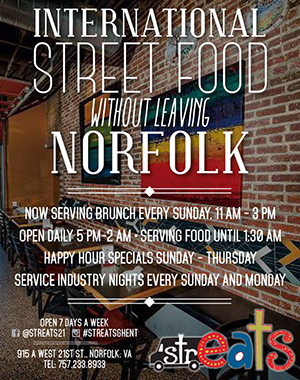
For more on the inspired street food at Streats, visit them online HERE or click the flier above!
However, African-American recruits began to be trained at the segregated Naval Station Norfolk. Sailors were recruited from Alabama, Arkansas, Georgia, North Carolina, Tennessee, and Virginia. There were three roles that an African-American could perform; either as a mess attendant, an officer’s cook, or an officer’s steward. The jobs consisted of either preparing or serving food to crew members or officers aboard ships, maintaining officer’s quarters, and taking care of the officer’s uniforms. Some of the meals they created in the notoriously small and cramped galley areas sound like dishes from a Michelin starred restaurant; lamb roast, chicken croquettes, oyster bisque, and steamed lobster made regular appearances on menus.
With the attack of Pearl Harbor in December 1941, some thought that the military was not as prepared as it could be. In light of this perception, on January 9, 1942, President Roosevelt wrote to the navy secretary suggesting the Bureau of Navigation “might invent something that colored enlistees could do in addition to the rating of messmen.” By the 1950’s, African-Americans began to integrate into roles outside of attendants and cooks. By 1956, the navy assigned nearly 75% of African-Americans to general duties. Today approximately 17% of the navy is comprised of African-Americans who serve with distinction, to include ranks of all kinds from enlisted to officer.
In nine years, the Navy Mess Attendant School trained 232 cooks, 66 bakers, and 2857 mess attendants while located in Norfolk, and the contributions of mess cooks like Miller and countless others proved that African-Americans were not only capable but willing to fight for their country with honor. During World War II, more than 1100 members of the messmen/steward designation were killed; because of their bravery, they paved the way for African-American men and women to enlist and protect the ideals of a country that often did not protect them in return.

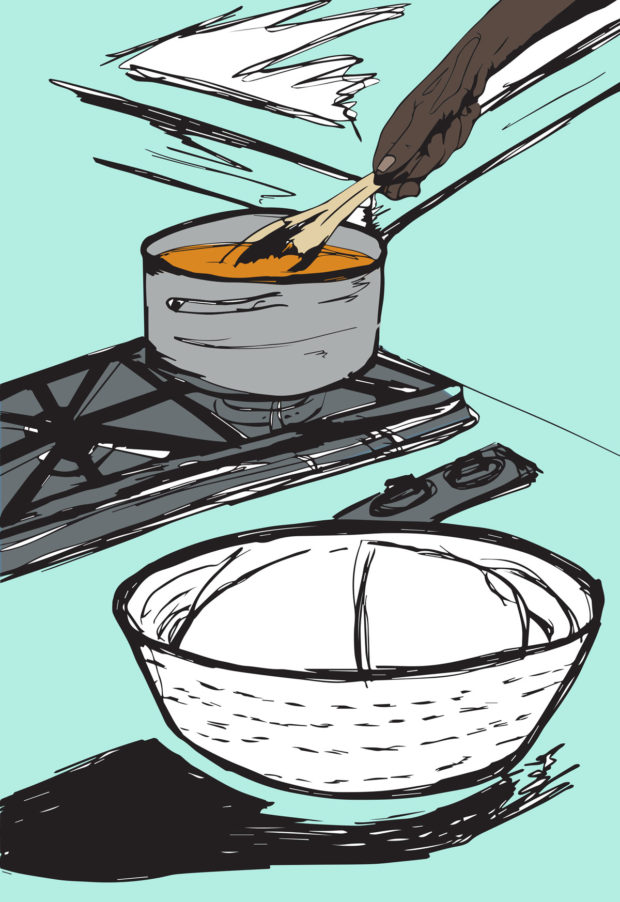

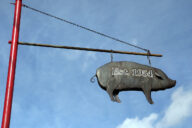
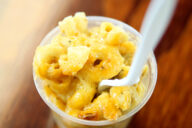
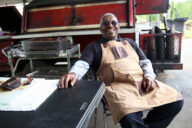

3 Comments
Your article is incomplete…I suggest you research the topic further, as African Americans were not alone, regulated to the Steward Rating.
Filipinos were recruited form the Philippines to fill the ranks of Steward lacking in the US Navy and Coast Guard. That very tradition, is the main reason of the large population of Filipinos in Hampton Roads.
https://www.history.navy.mil/…/filipinos-in-the-united…
https://www.nytimes.com/…/filipino-stewards-still-used…
http://www.staradvertiser.com/…/untold-filipino…/
Manage
Deb Freeman’s (the writer) focus and her work normally is geared around African-American history and food. I completely agree with your obvious assertion about the vast Filipino influence and contributions to the Navy. The article just wasn’t about that. She could have wrote multiple articles about African American contributions, Filipino contributions and contributions of women but she chose to keep her article focused.
[…] to see the beauty in the midst of the trauma. Joshua Fitzwater, “All Hands On Deck,” Southern Grit, May 9, […]